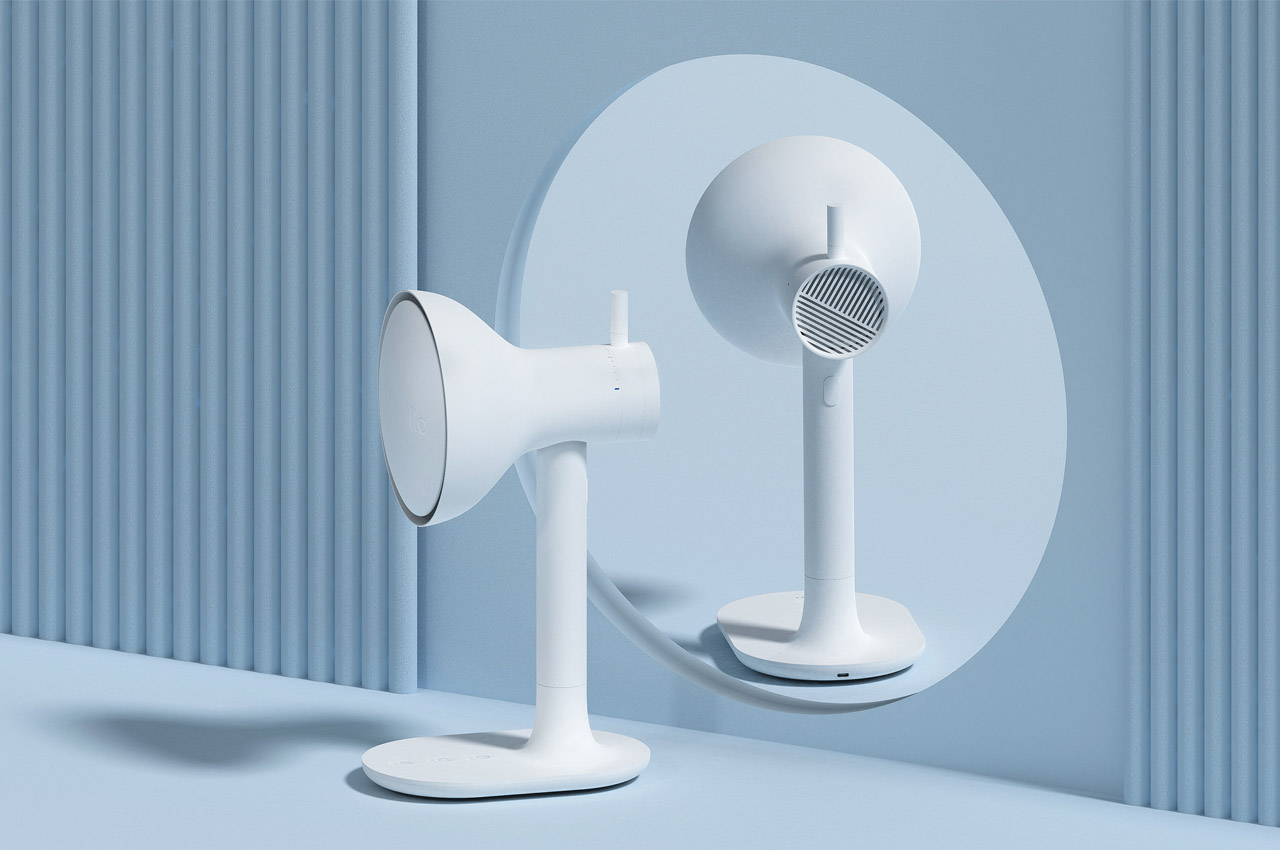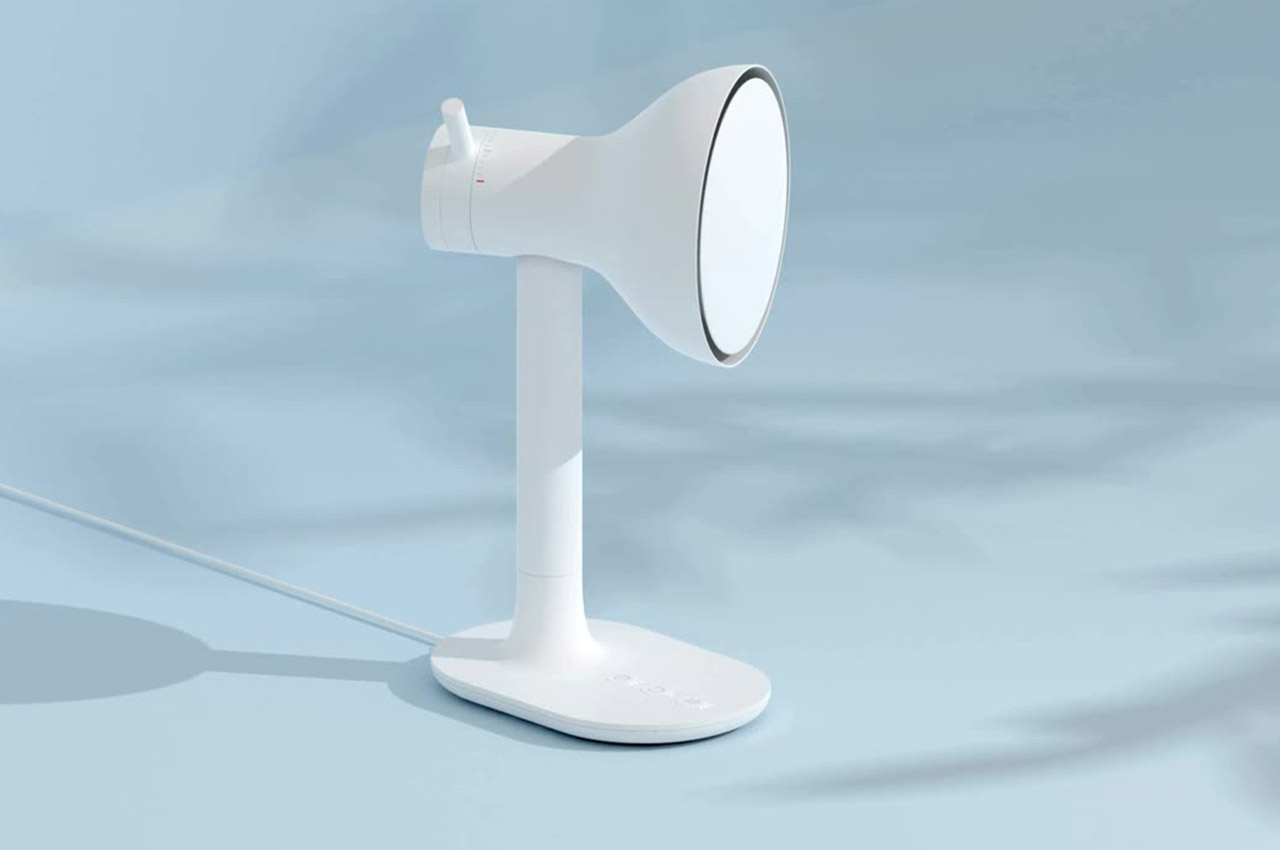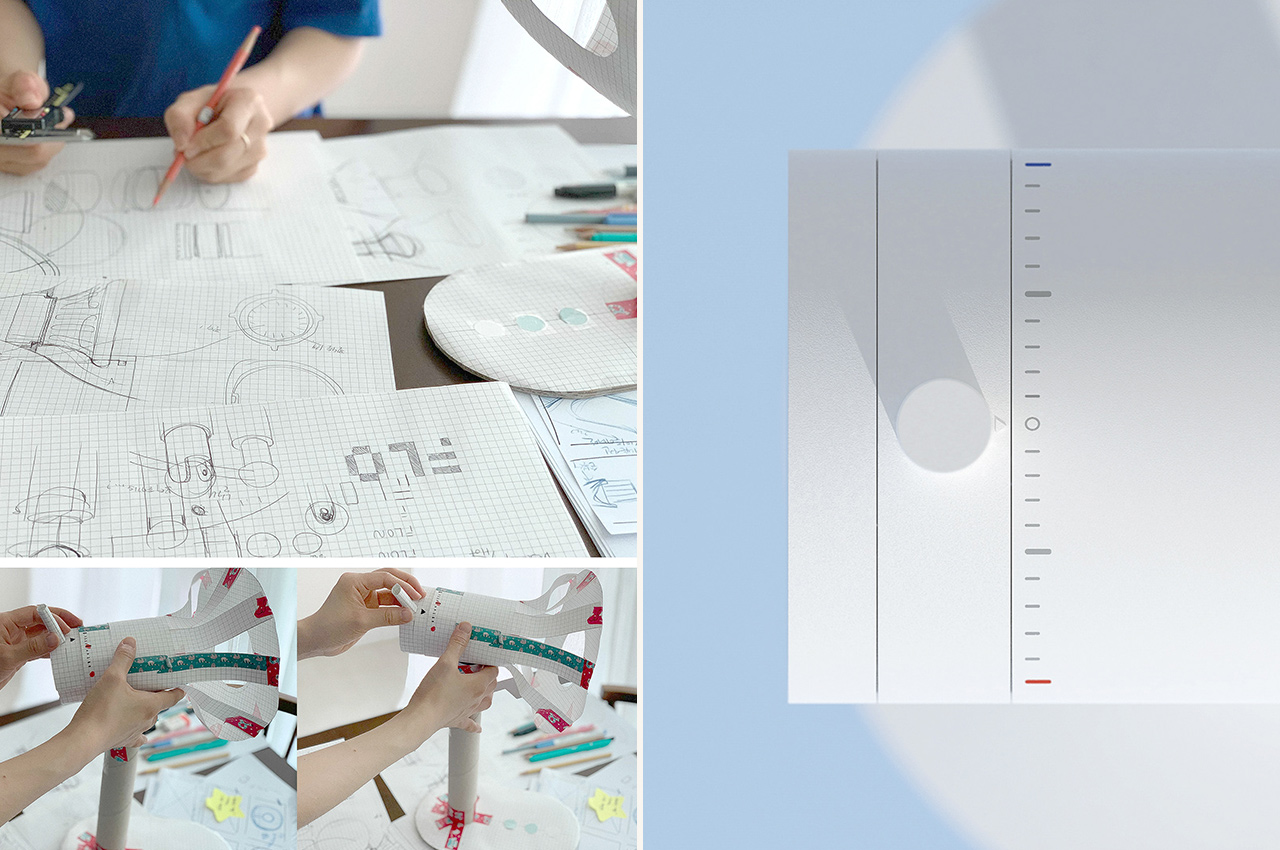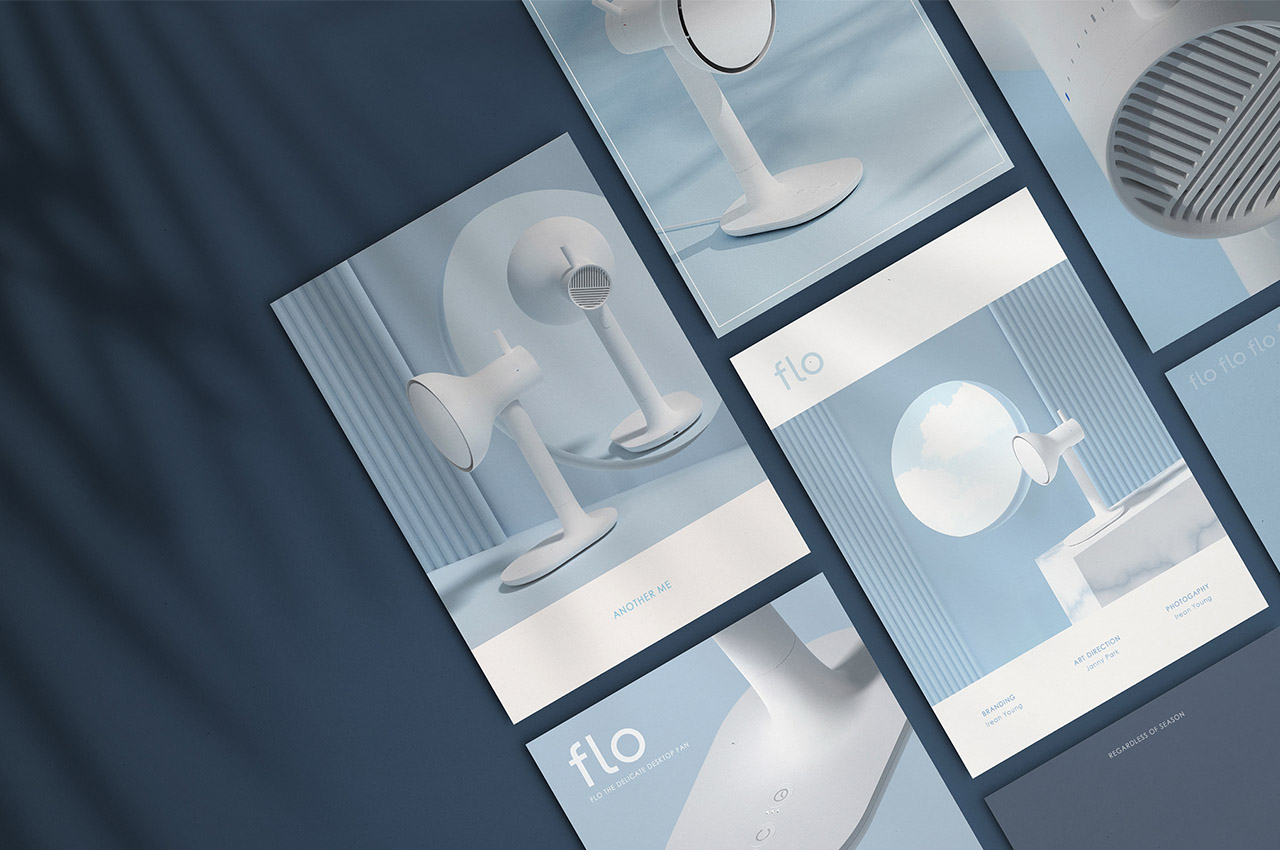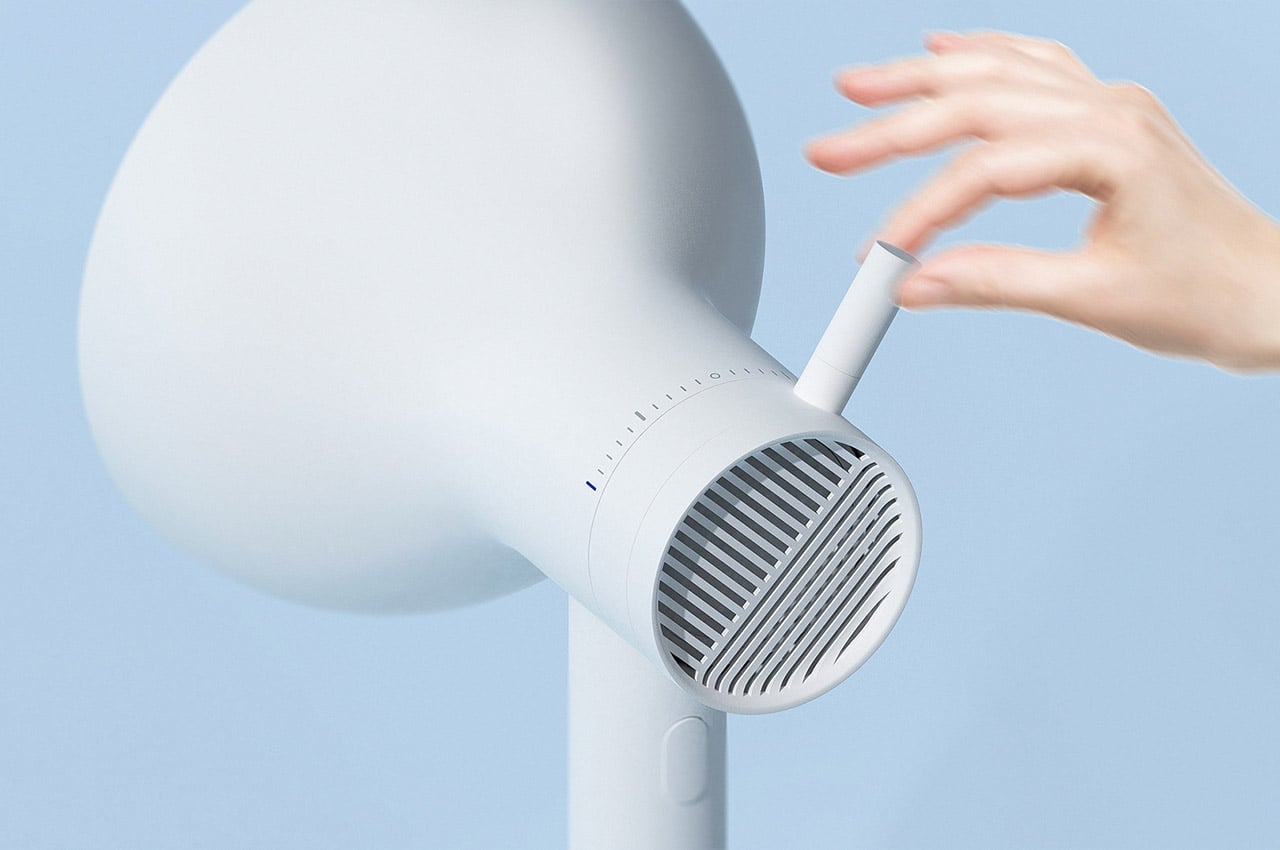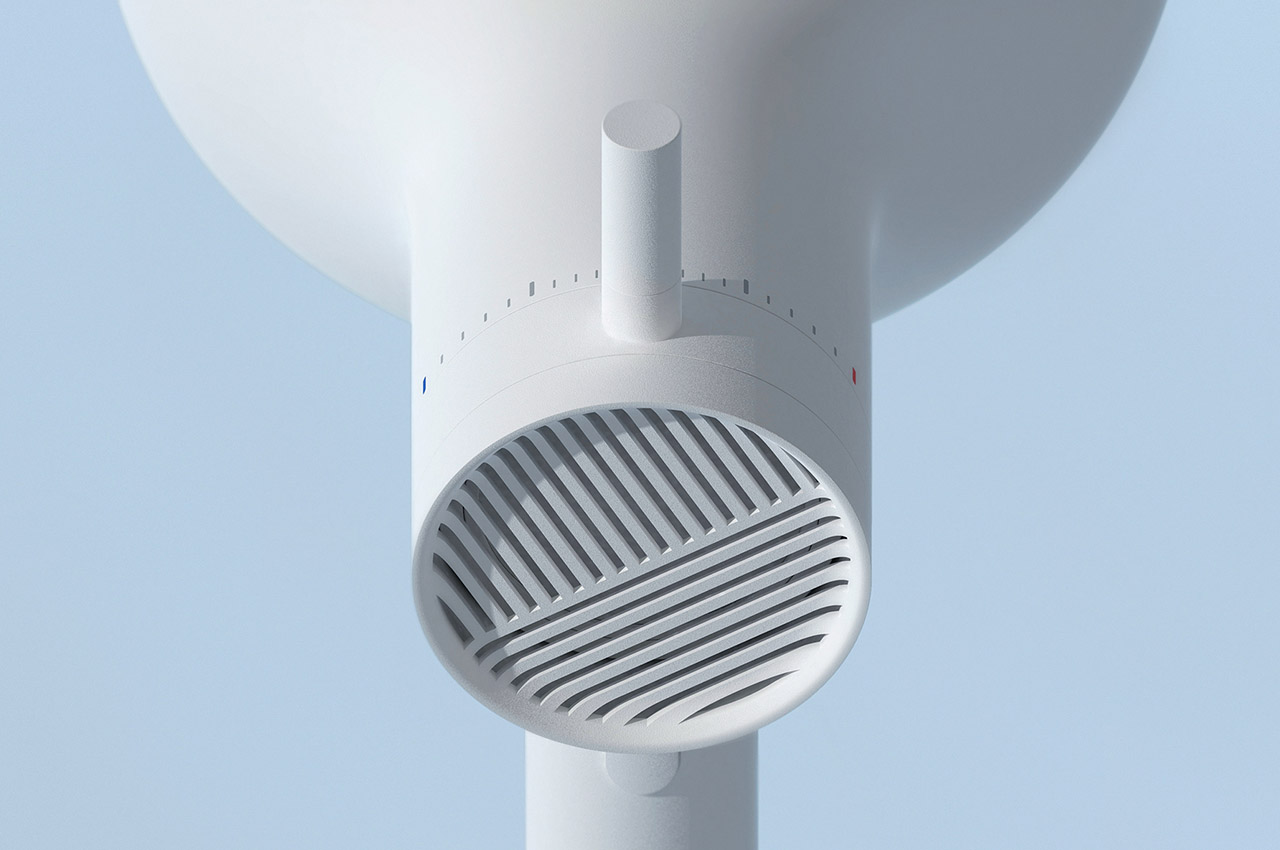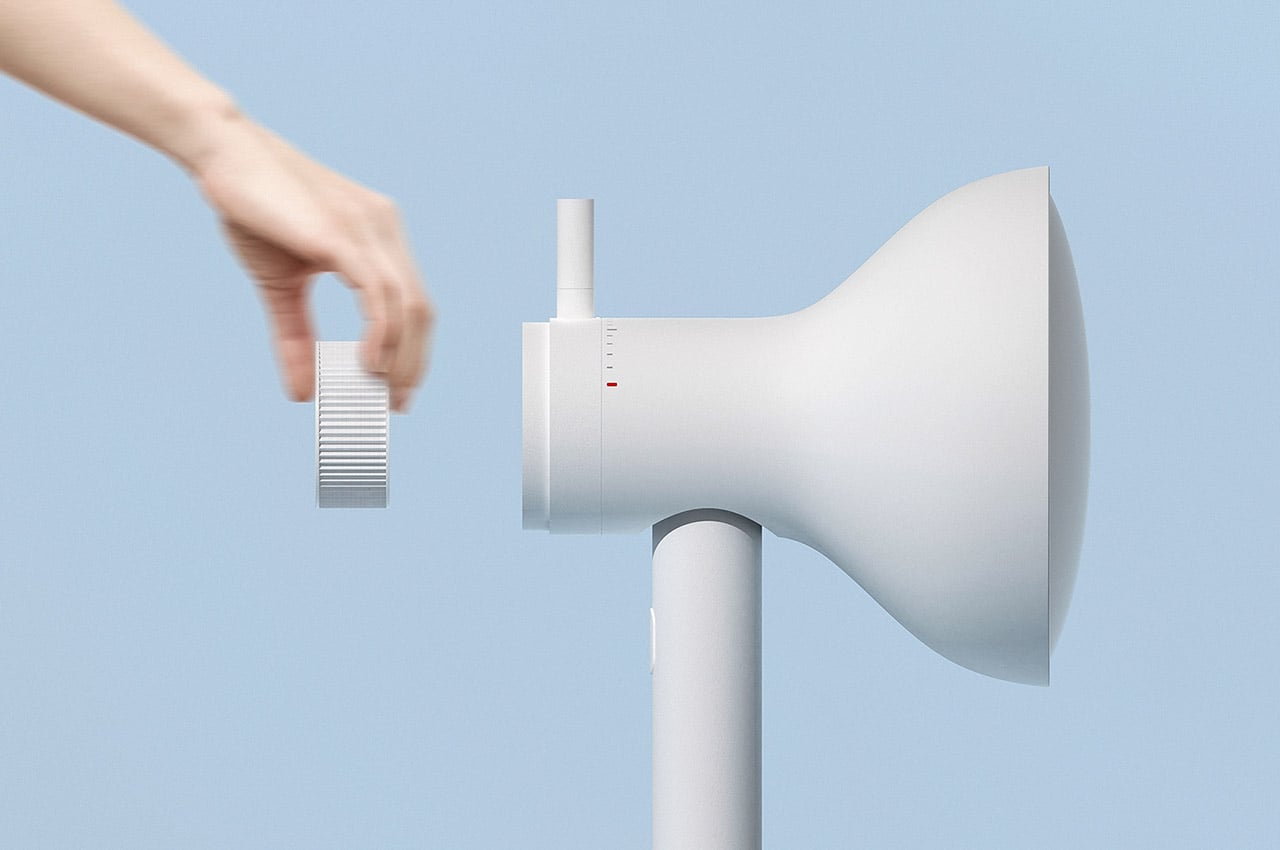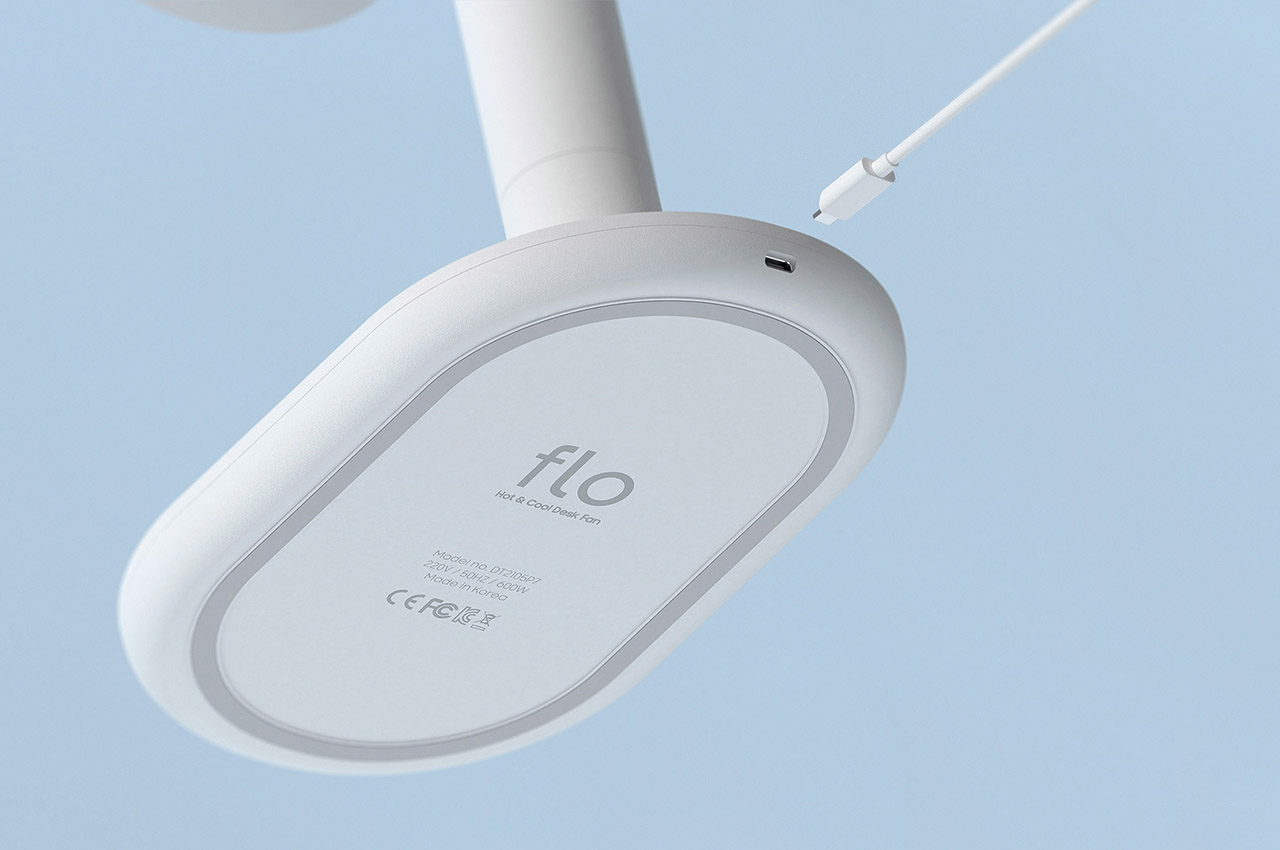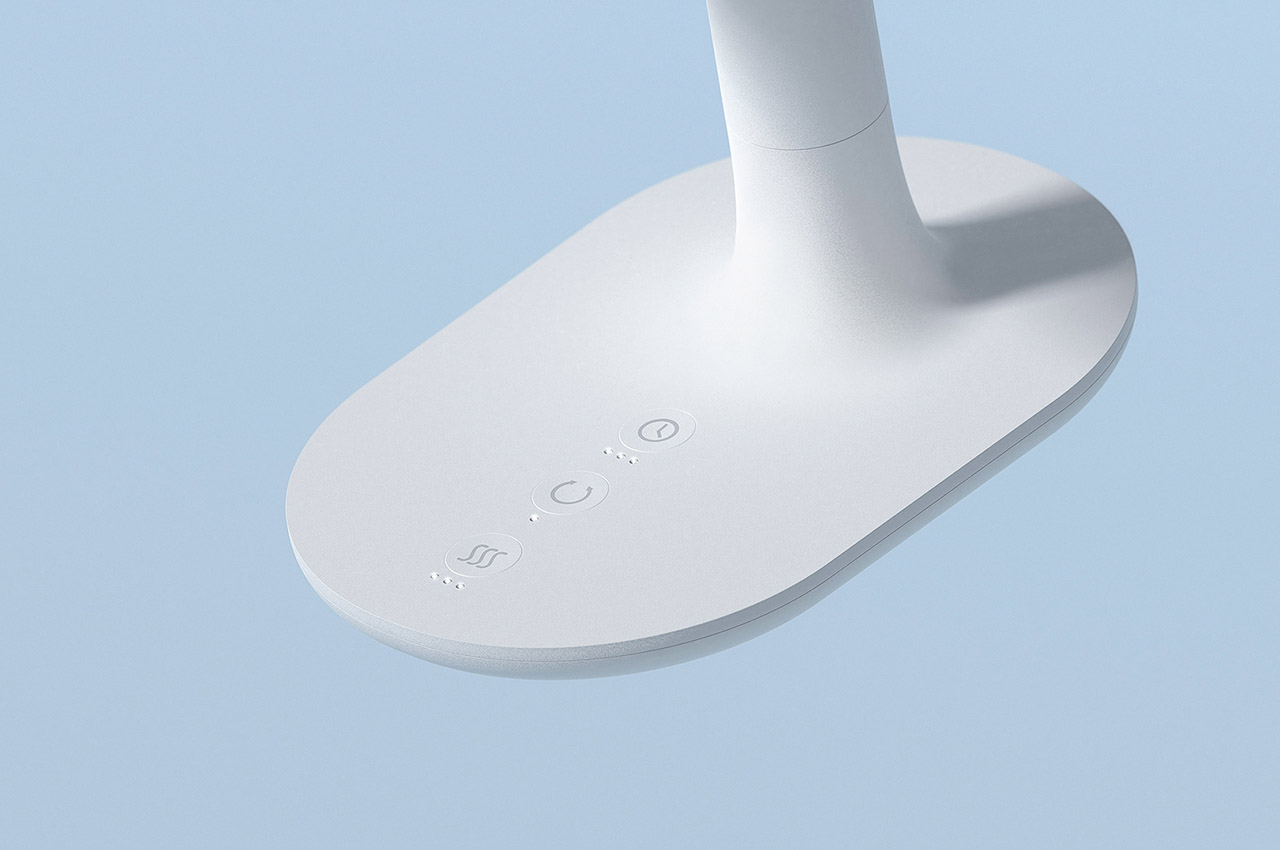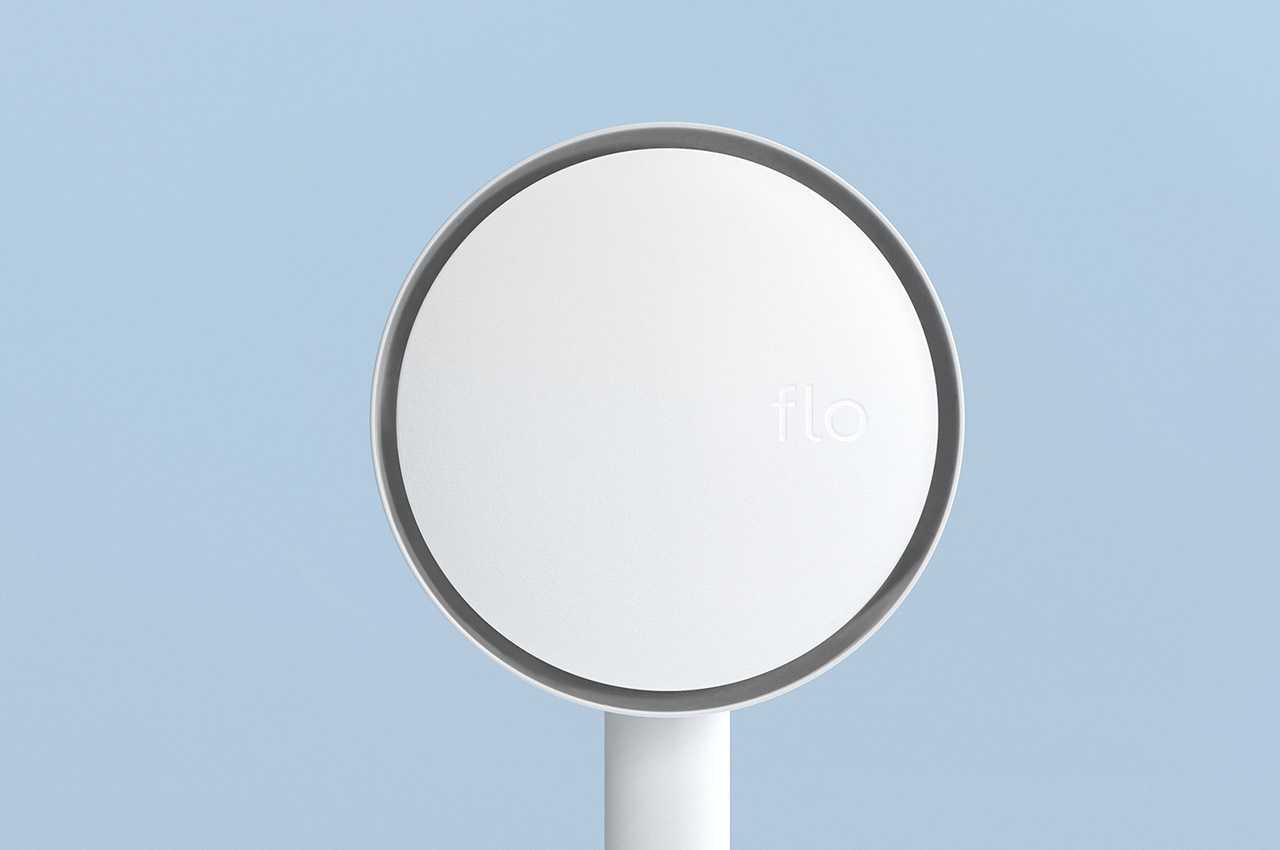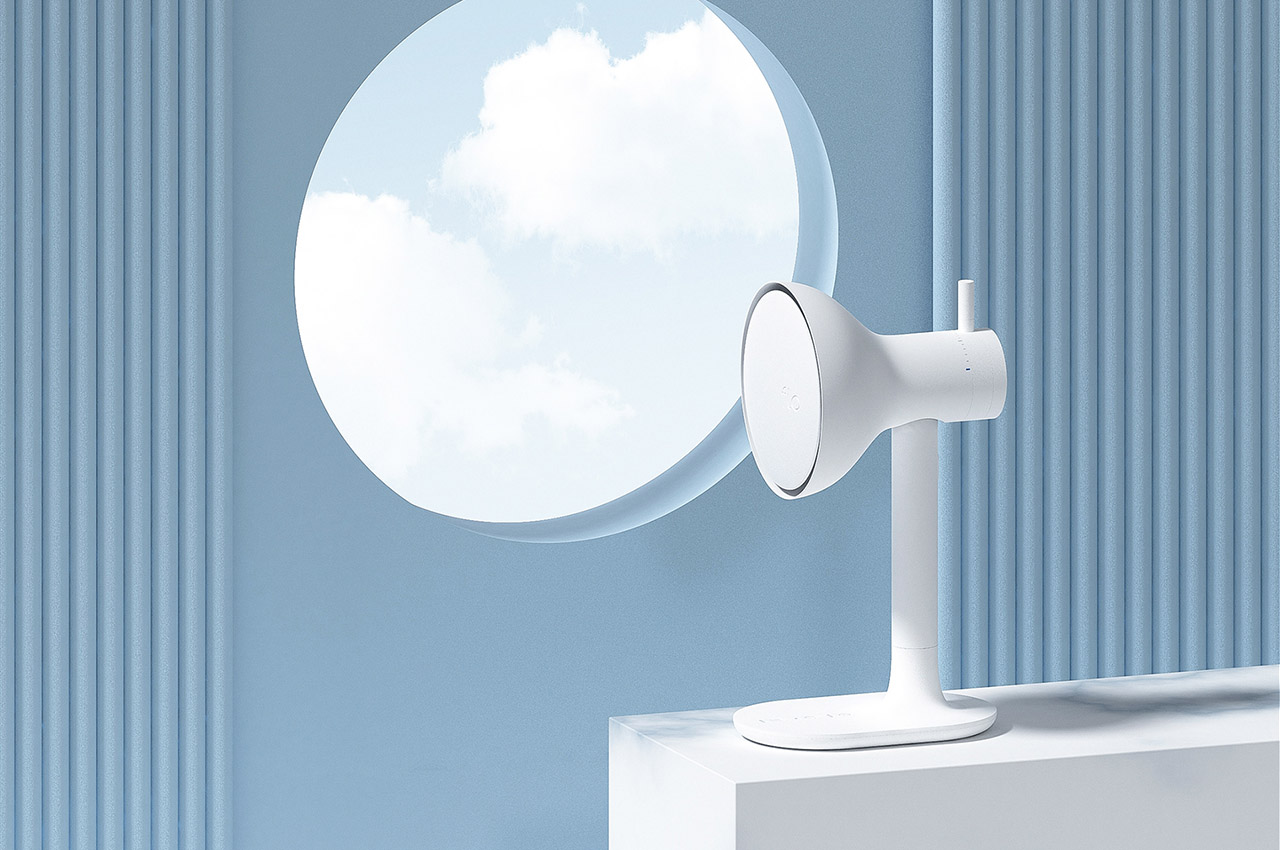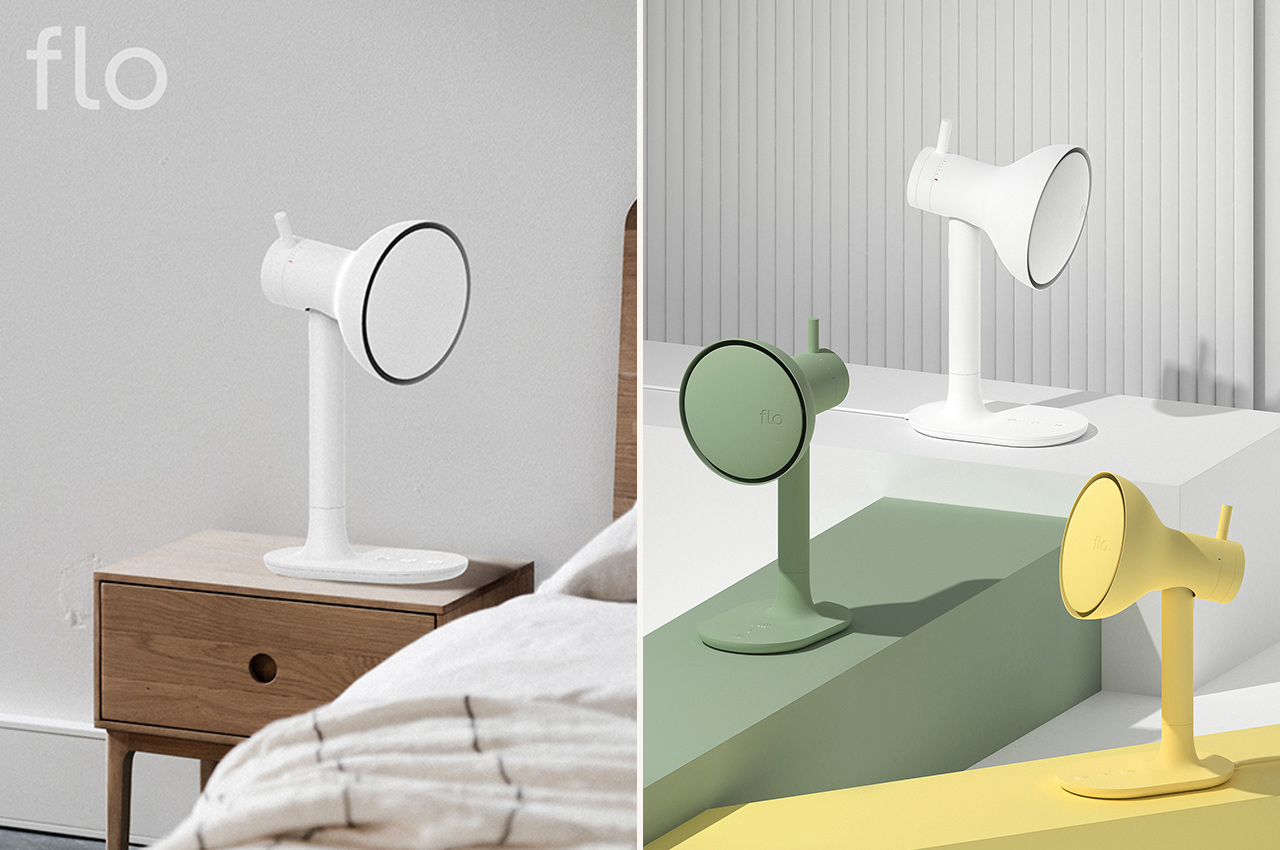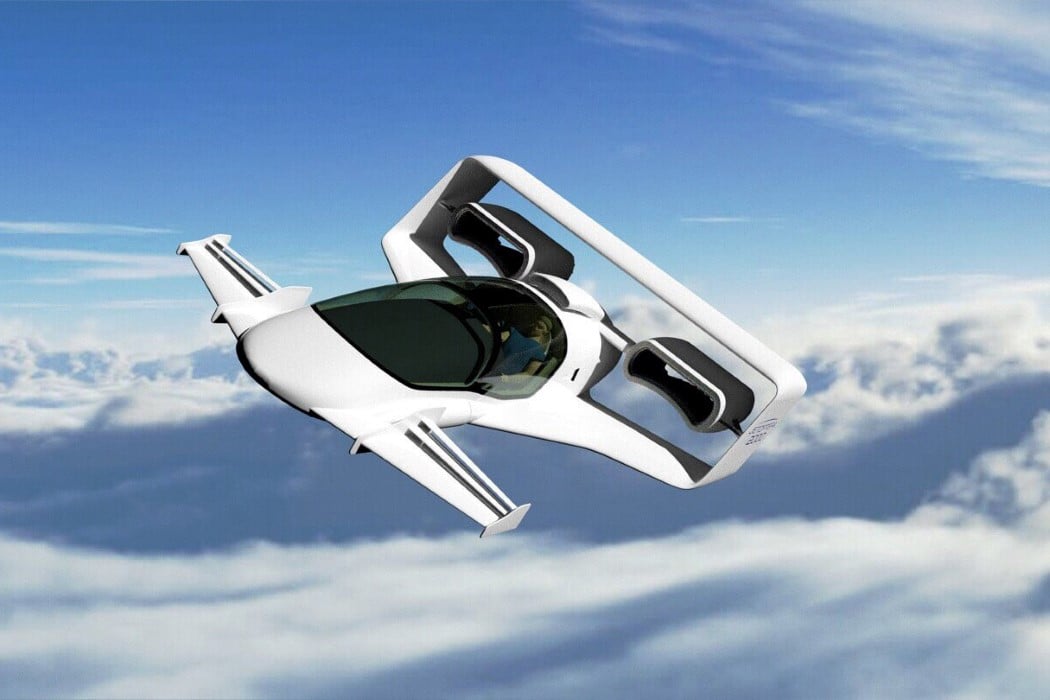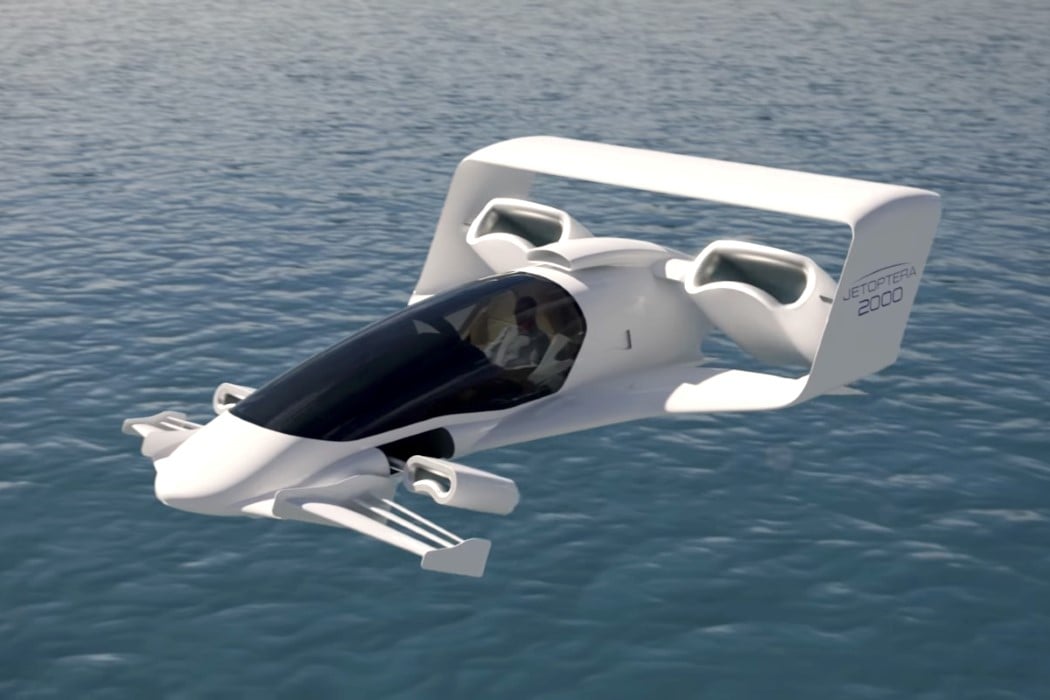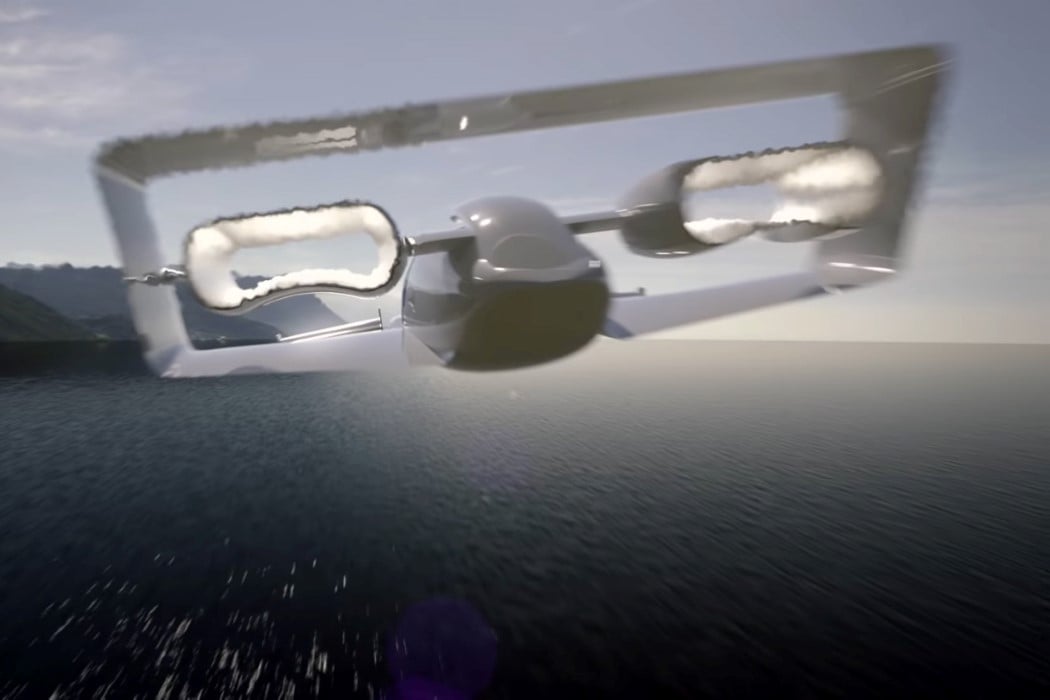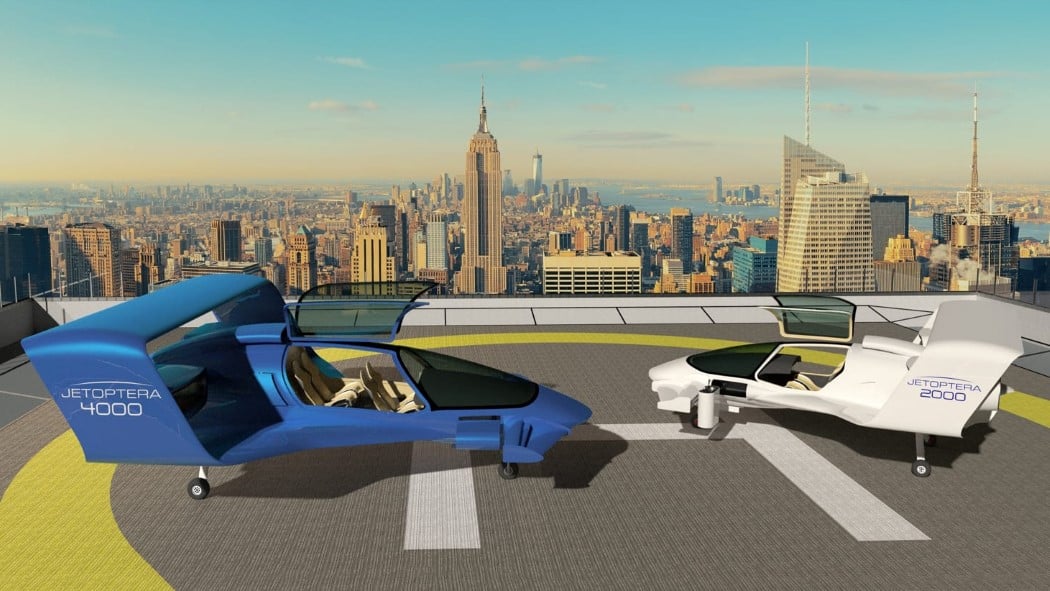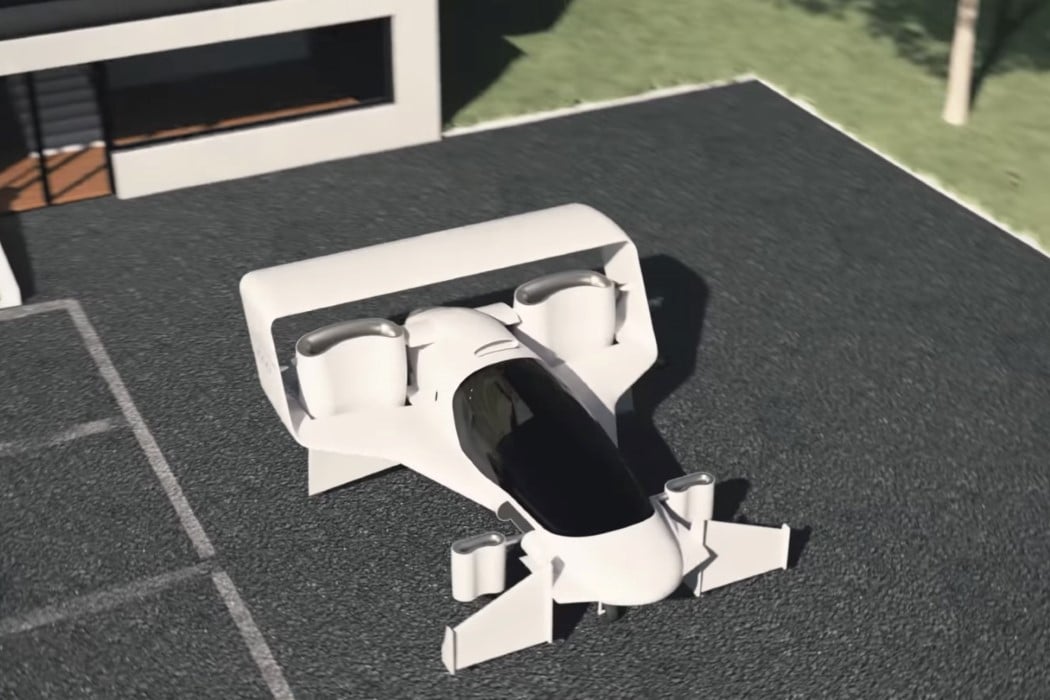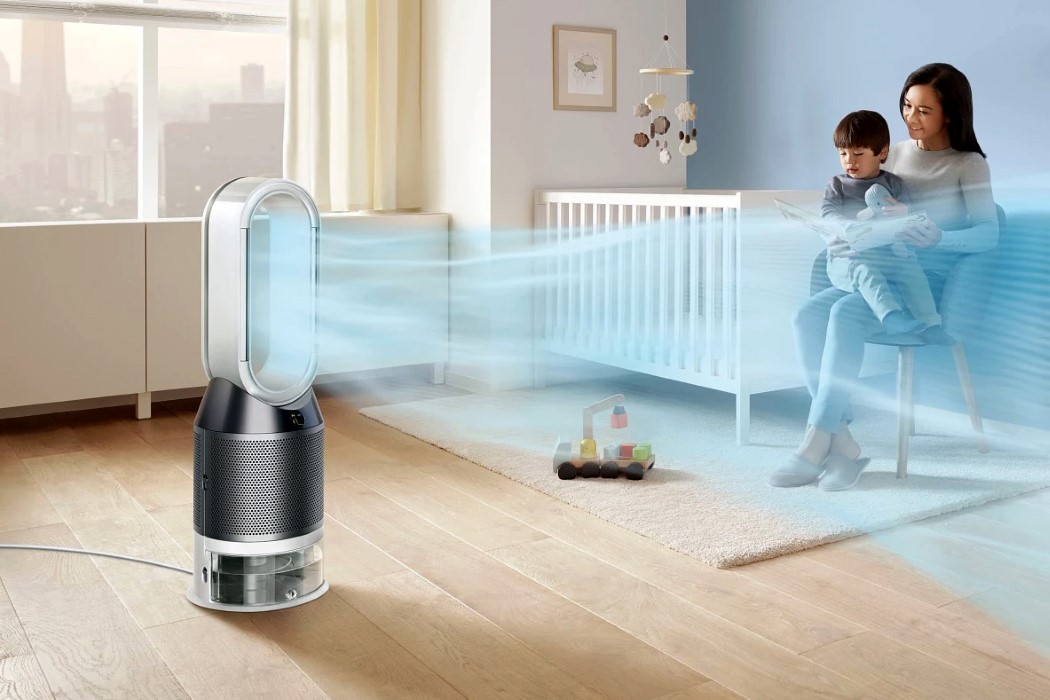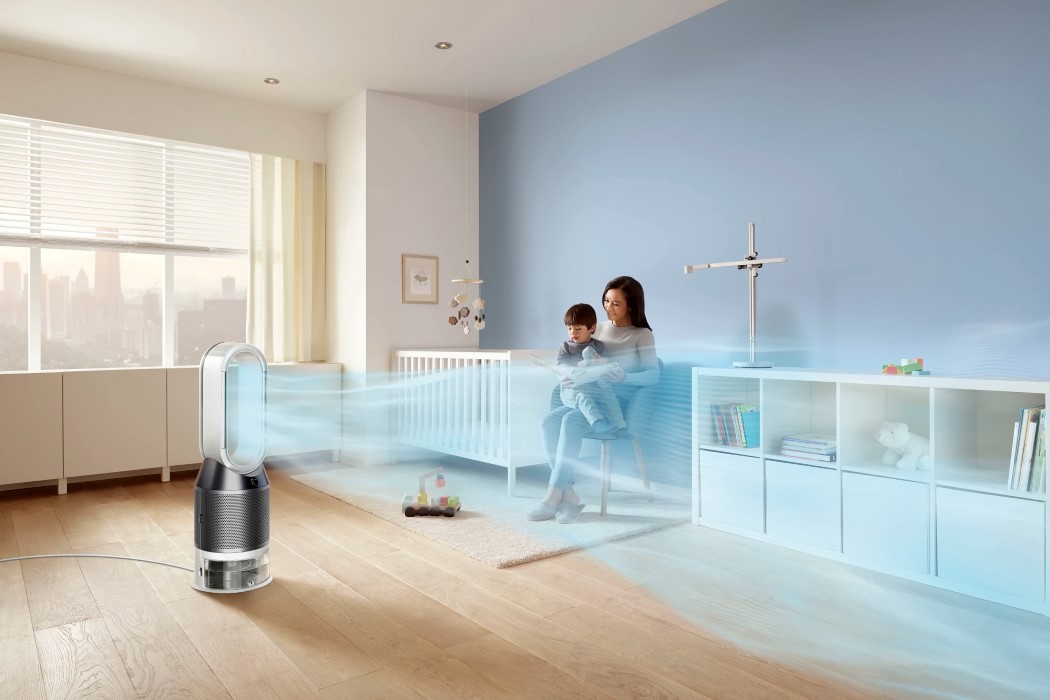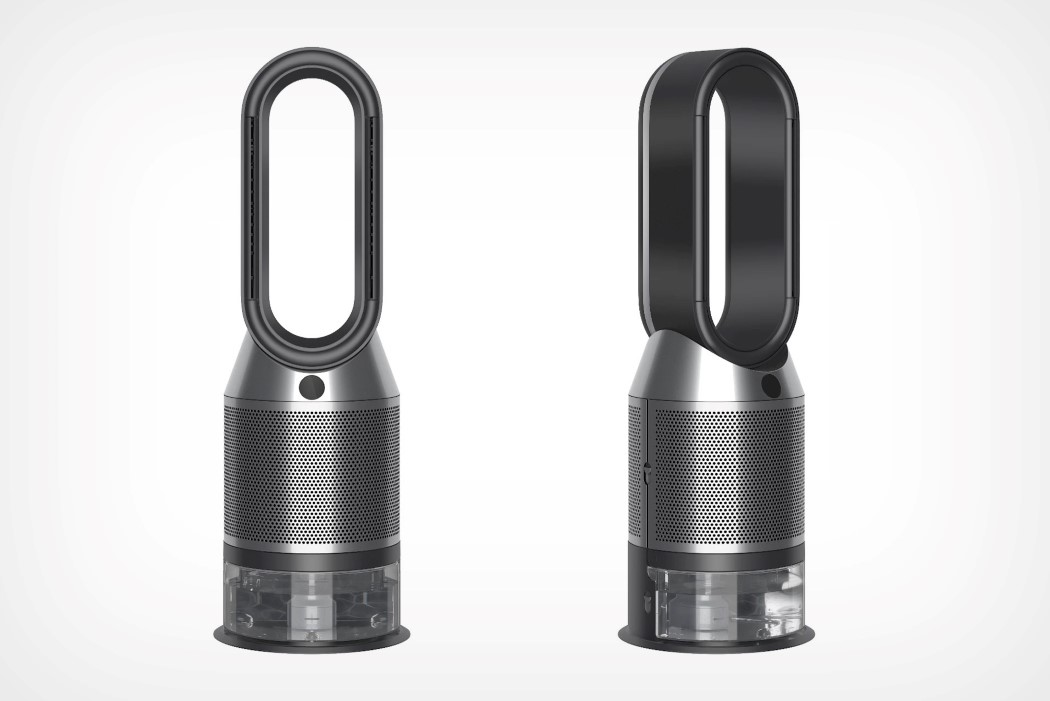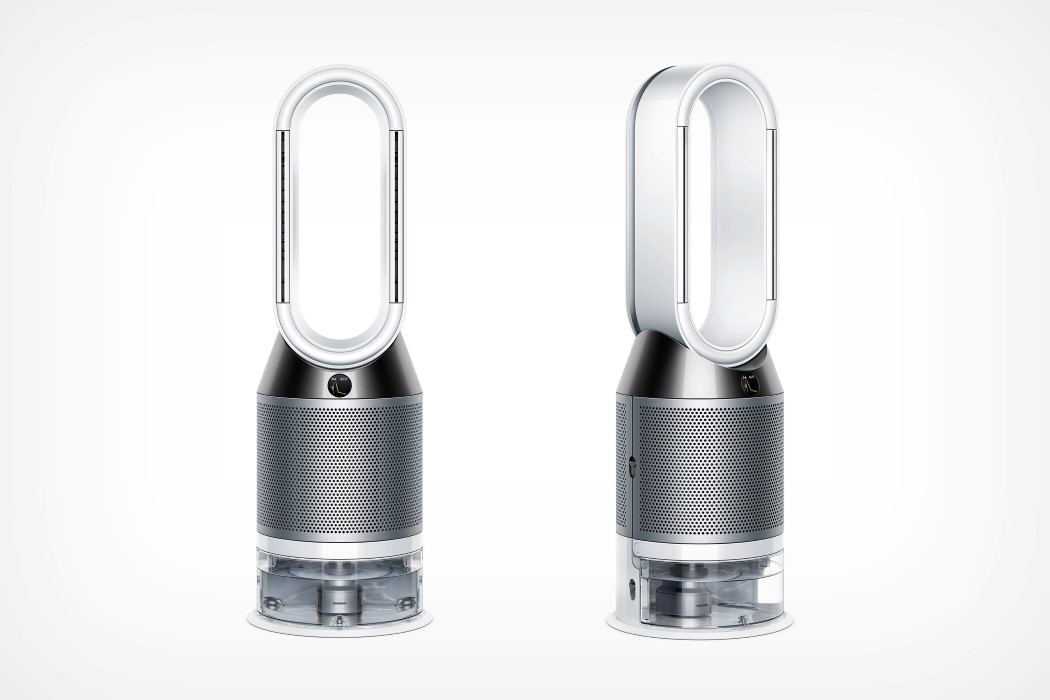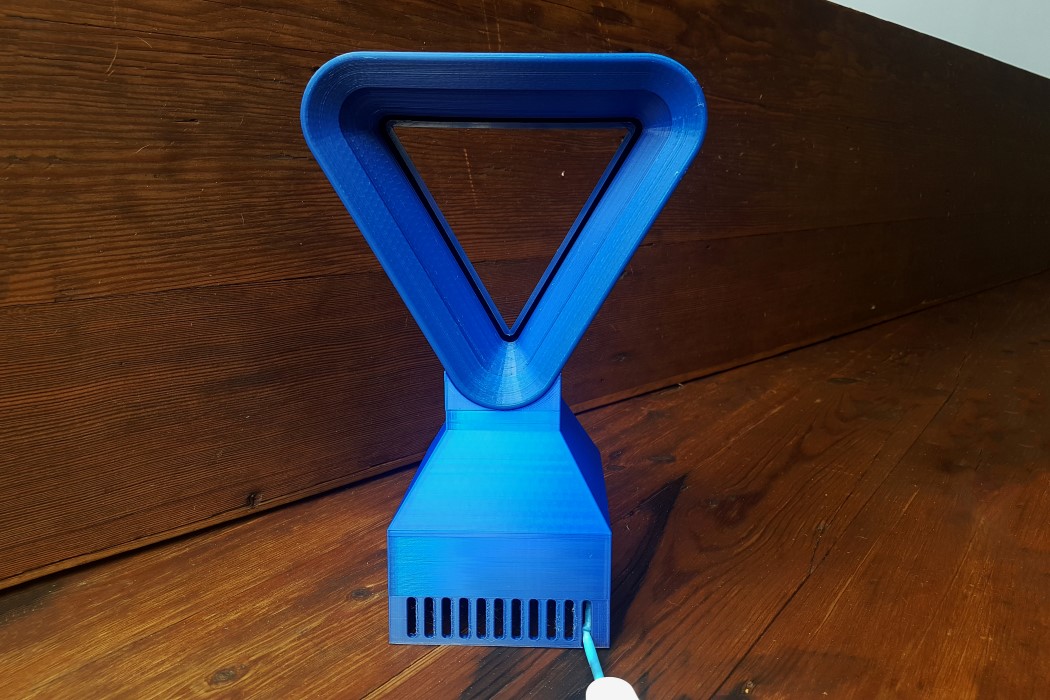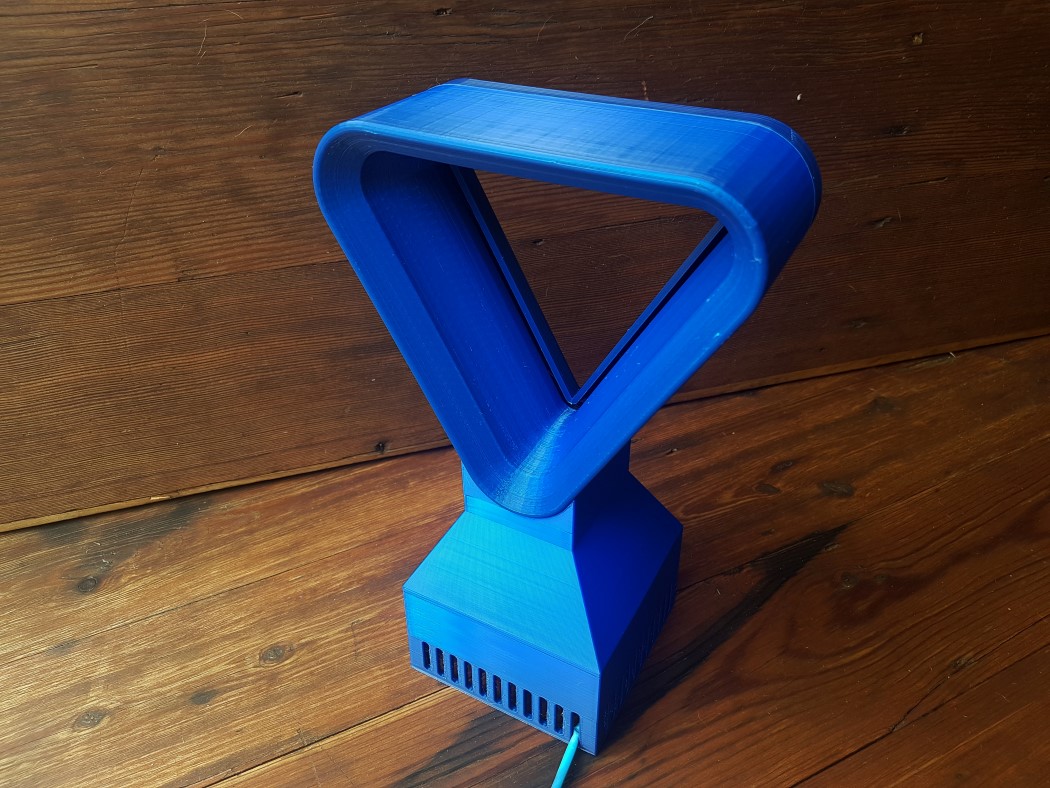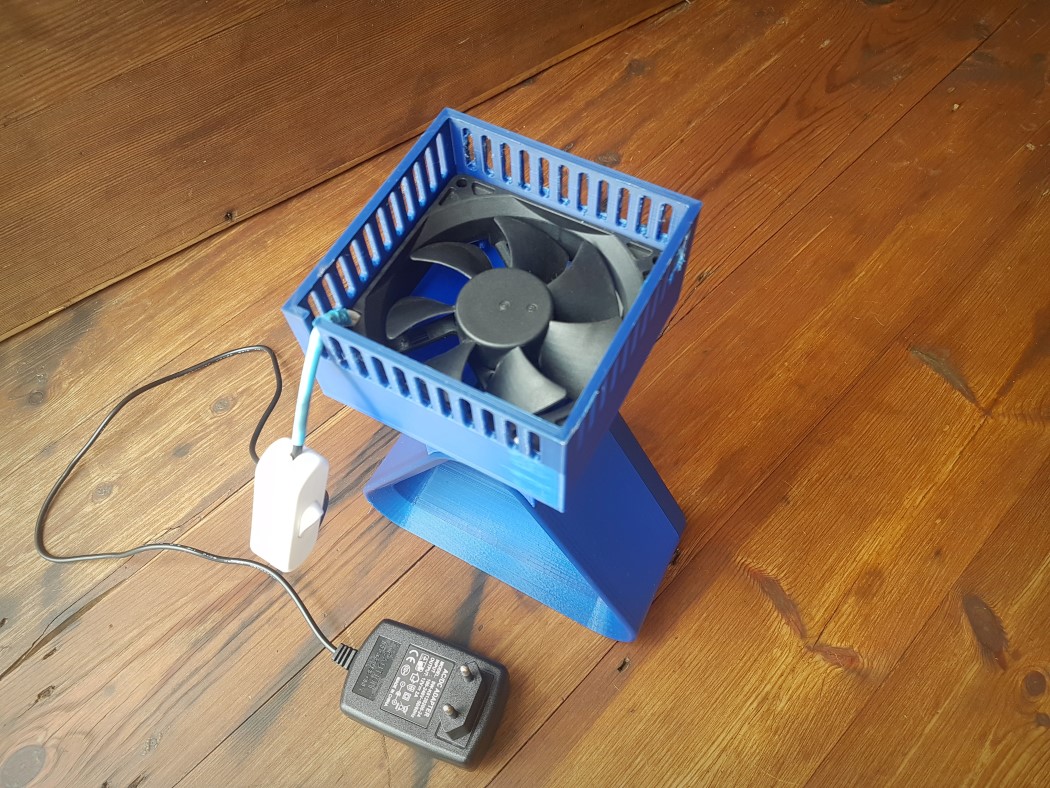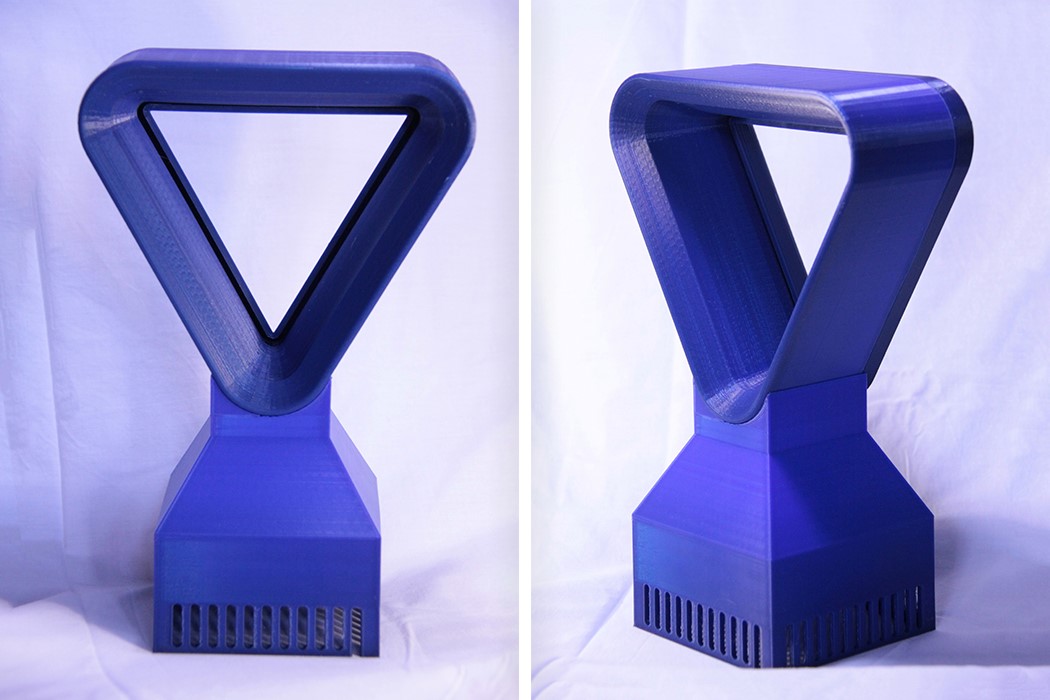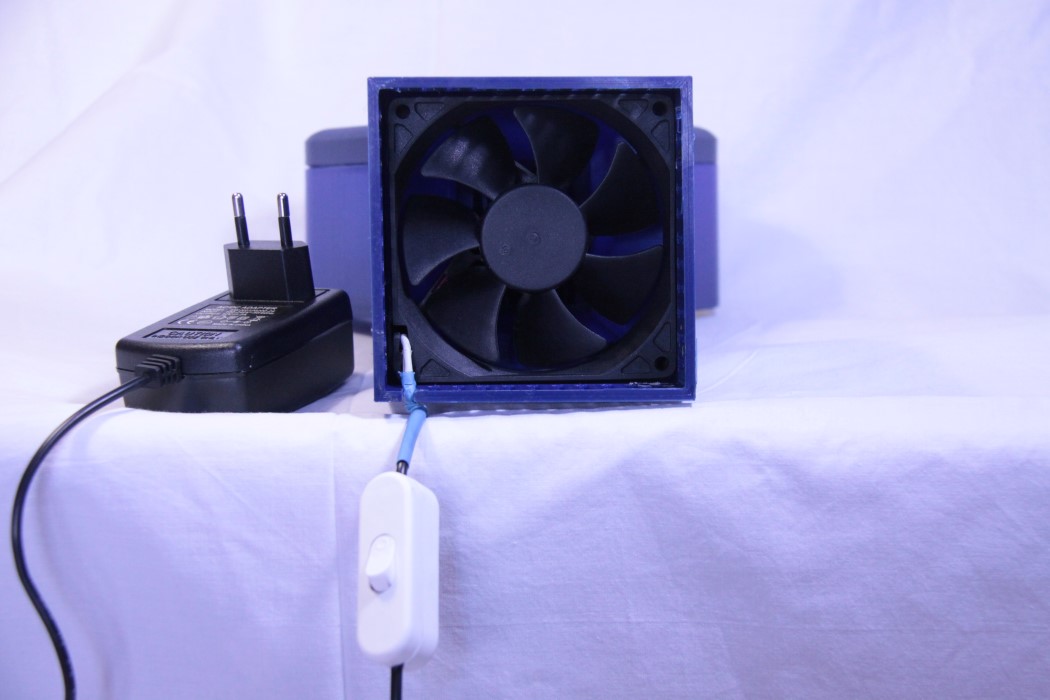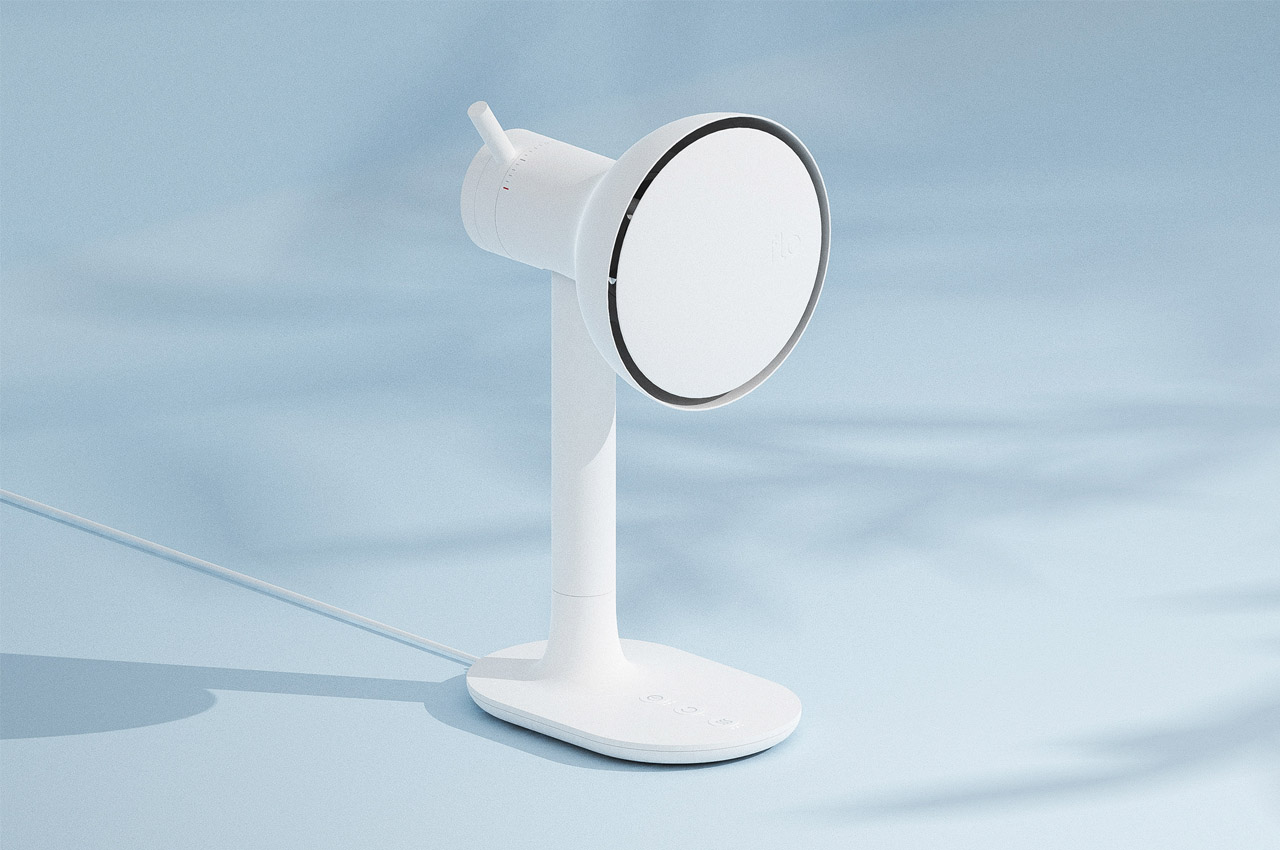
Sharing office space, the biggest problem, after having to listen to my co-working space neighbor aka my husband speaking on a call is trying to regulate a temperature that works for us. I love staying warm – the AC temperature goes lower than 20 and my fingers start freezing whereas my husband sweats bullets while staying in a 25-degree temperature. That sweet spot, it’s almost a myth for us! What I need is a solution that works for both of us depending on the season – and flo, by designer Soyoung An seems to be an apt design for my needs!
The flo is a desk fan that is portable by nature. The fan’s facade is actually covered – no more hurting your finger by occasionally poking into the blades. The fan can be regulated using a temperature dial at the back of flo – allowing you to easily switch between heating and cooling functionalities. One of the better functionality of the design is the use of a filter, that purifies the air being thrown at you, rather than having the dust from your fan blades being thrown at you. The fan also uses a simple USB-C cable to stay charged at all times. Flo’s aesthetics are simple, yet minimal, making it an easy to own and use piece over the years. And given how it works for all seasons – it reduces the storage space required for the off-seasons.
Muted colors of the flo elevate this design from an ordinary accessory to a statement piece in your setup. The design is also simple, almost intuitive to use with an upgraded functionality – isn’t that what great product design is all about!
Designer: Soyoung An

